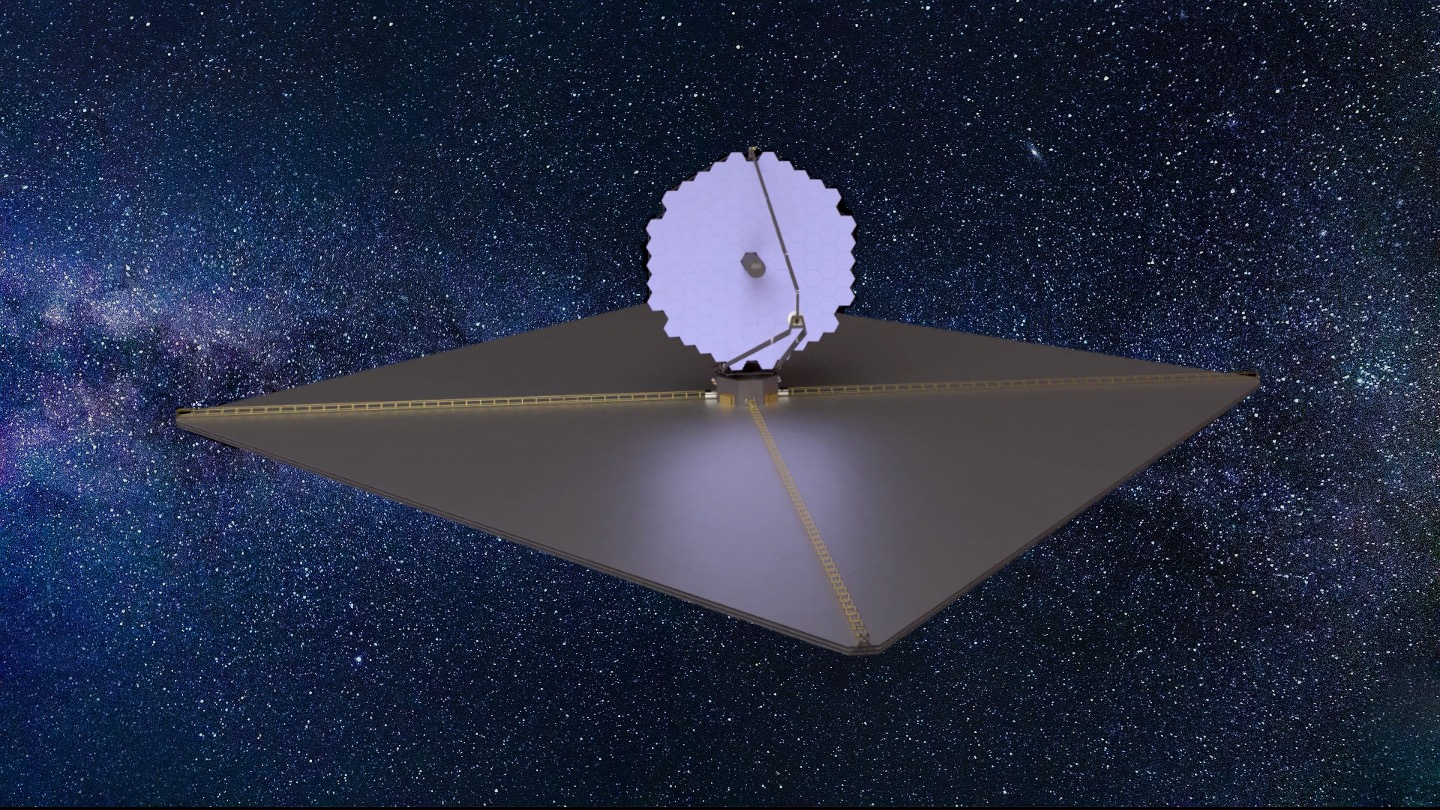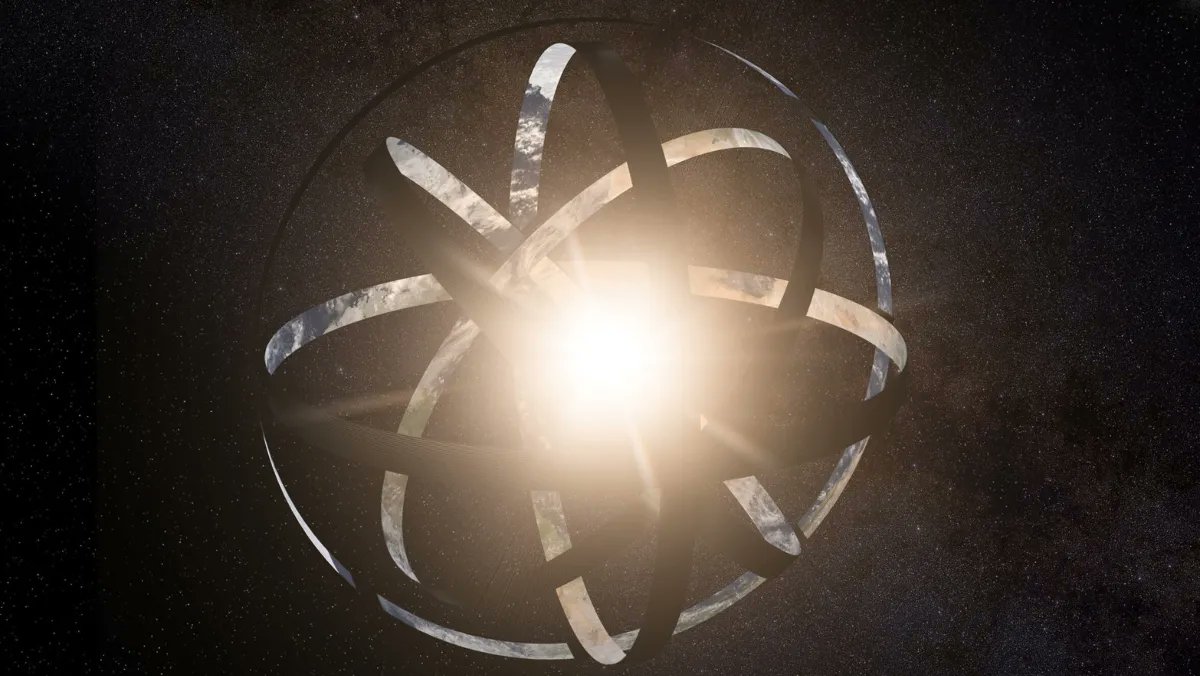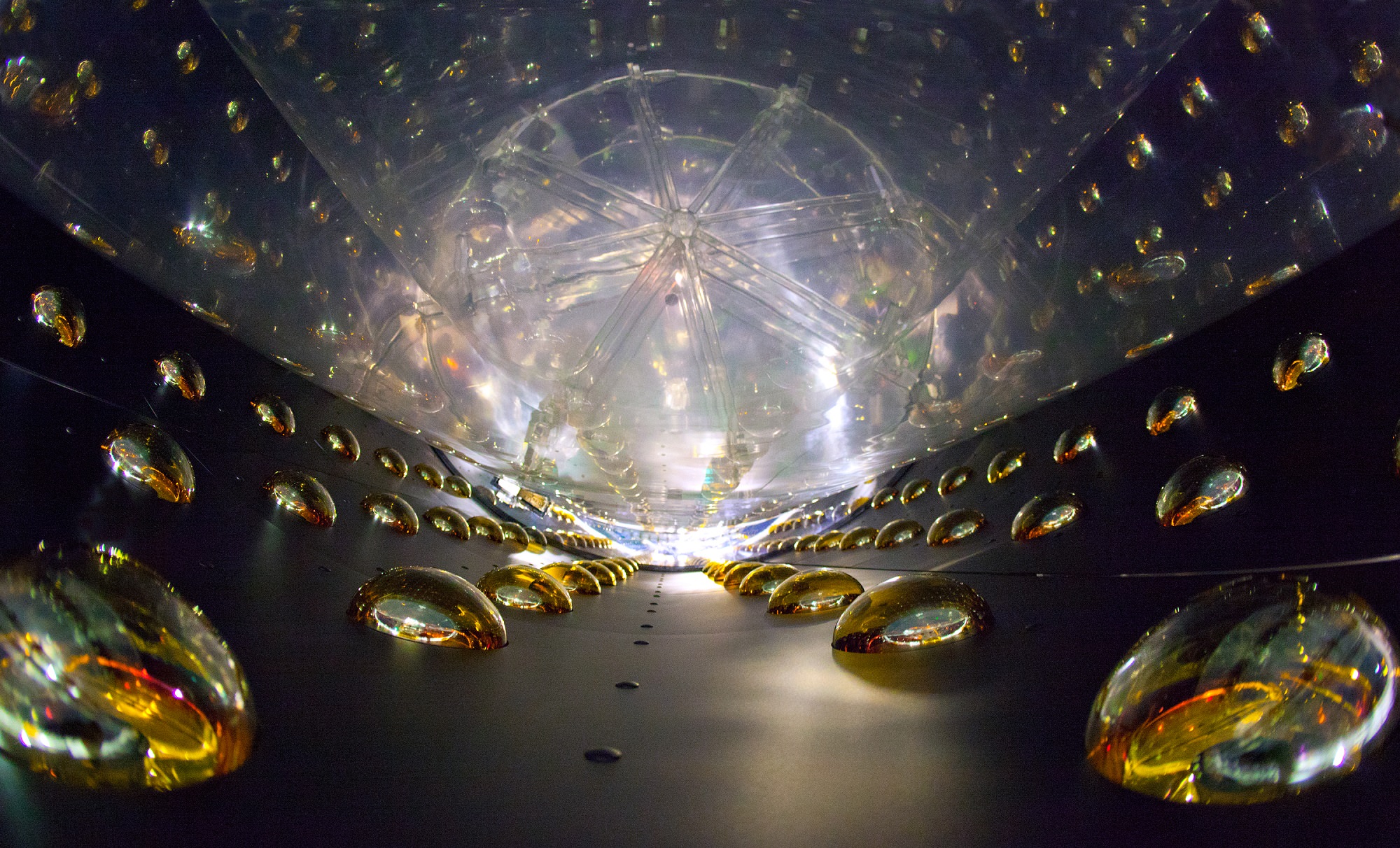Of all the unanswered questions in modern science, perhaps the most talked about is whether we are alone in the Universe. A new paper looks at another way we might be able to detect advanced civilisations and at its centre is the need for energy! The more advanced a civilisation becomes, the greater their need for energy and one of the most efficient ways, according to current theories, is to harness the energy from an actively feeding black hole. The paper suggests a civilisation feeding matter into a black hole could harvest energy from it, more excitingly perhaps, the process could be detectable within 17,000 light years!
New Technique for Spotting Dyson Rings Unveiled.

Dyson spheres and rings have always held a special fascination for me. The concept is simple, build a great big structure either as a sphere or ring to harness the energy from a star. Dyson rings are far more simple and feasible to construct and in a recent paper, a team of scientists explore how we might detect them by analysing the light from distant stars. The team suggests they might be able to detect Dyson rings around pulsars using their new technique.
Continue reading “New Technique for Spotting Dyson Rings Unveiled.”Will Advanced Civilizations Build Habitable Planets or Dyson Spheres

If there are alien civilizations in the Universe, some of them could be super advanced. So advanced that they can rip apart planets and create vast shells surrounding a star to capture all its energy. These Dyson spheres should be detectable by modern telescopes. Occasionally astronomers find an object that resembles such an alien megastructure, but so far, they’ve all turned out to be natural objects. As best we can tell, there are no Dyson spheres out there.
Continue reading “Will Advanced Civilizations Build Habitable Planets or Dyson Spheres”That’s No Planet. Detecting Transiting Megastructures
One of the easiest ways to find exoplanets is using the transit method. It relies upon monitoring the brightness of a star which will then dim as a planet passes in front of it. It is of course possible that other objects could pass between us and a star; perhaps binary planets, tidally distorted planets, exocomets and, ready for it…. alien megastructures! A transit simulator has been created by a team of researchers and it can predict the brightness change from different transiting objects, even Dyson Swarms in construction.
Continue reading “That’s No Planet. Detecting Transiting Megastructures”There’s Another, More Boring Explanation for those Dyson Sphere Candidate Stars
Dyson Spheres have been a tantalising digression in the hunt for alien intelligence. Just recently seven stars have been identified as potential candidates with most of their radiation given off in the infrared wavelengths. Potentially this is the signature of heat from a matrix of spacecraft around the star but alas, a new paper has another slightly less exciting explanation; dust obscured galaxies.
Continue reading “There’s Another, More Boring Explanation for those Dyson Sphere Candidate Stars”If There are Dyson Spheres Around White Dwarfs, We Should be Able to Detect Them
Searching for Dyson spheres, rings, or swarms remains a preoccupation of many astronomers. If there are any out there, they will eventually be found, and the person or research team to do so will go down in history for making one of the most momentous discoveries in the history of humanity. If you’re interested in claiming that accolade for yourself, an excellent place to look may be around white dwarfs. At least, that’s the theory put forward in a new paper by Benjamin Zuckerman, a now-retired professor of astrophysics at UCLA.
Continue reading “If There are Dyson Spheres Around White Dwarfs, We Should be Able to Detect Them”Next Generation Telescopes Could Search for Intelligent Civilizations Directly

We’re still in the early days of searching for life elsewhere. The Perseverance rover is on its way to a paleo-delta on Mars to look for fossilized signs of ancient bacterial life. SETI’s been watching the sky with radio dishes, listening for signals from distant worlds. Our telescopes are beginning to scan the atmospheres of distant exoplanets for biosignatures.
Soon we’ll take another step forward in the search when new, powerful telescopes begin to search not just for life but for other civilizations.
Continue reading “Next Generation Telescopes Could Search for Intelligent Civilizations Directly”Advanced Civilizations Could be Using Dyson Spheres to Collect Energy From Black Holes. Here’s how we Could Detect Them
Black holes are more than just massive objects that swallow everything around them – they’re also one of the universe’s biggest and most stable energy sources. That would make them invaluable to the type of civilization that needs huge amounts of power, such as a Type II Kardashev civilization. But to harness all of that power, the civilization would have to encircle the entire black hole with something that could capture the power it is emitting.
Continue reading “Advanced Civilizations Could be Using Dyson Spheres to Collect Energy From Black Holes. Here’s how we Could Detect Them”Advanced Civilizations Could be Communicating with Neutrino Beams. Transmitted by Clouds of Satellites Around Neutron Stars or Black Holes
In 1960, famed theoretical physicist Freeman Dyson made a radical proposal. In a paper titled “Search for Artificial Stellar Sources of Infrared Radiation” he suggested that advanced extra-terrestrial intelligences (ETIs) could be found by looking for signs of artificial structures so large, they encompassed entire star systems (aka. megastructures). Since then, many scientists have come up with their own ideas for possible megastructures.
Like Dyson’s proposed Sphere, these ideas were suggested as a way of giving scientists engaged in the Search for Extra-Terrestrial Intelligence (SETI) something to look for. Adding to this fascinating field, Dr. Albert Jackson of the Houston-based technology company Triton Systems recently released a study where he proposed how an advanced ETI could use rely on a neutron star or black hole to focus neutrino beams to create a beacon.
Continue reading “Advanced Civilizations Could be Communicating with Neutrino Beams. Transmitted by Clouds of Satellites Around Neutron Stars or Black Holes”The Search Is On For Alien Signals Around Tabby’s Star
There’s a remote chance that inexplicable light variations in a star in the Northern Cross may be caused by the works of an alien civilization.
1,480 light years from Earth twinkles one of the greatest mysteries of recent times. There in the constellation Cygnus the Swan, you’ll find a dim, ordinary-looking point of light with an innocent sounding name — Tabby’s Star. Named for Louisiana State University astronomer Tabetha Boyajian, who was the lead author on a paper about its behavior, this star has so confounded astronomers with its unpredictable ups and downs in its brightness, they’ve gone to war on the object, drilling down on it with everything from the Hubble to the monster 393.7-inch (10-meter) Keck Telescope in Hawaii. Continue reading “The Search Is On For Alien Signals Around Tabby’s Star”







